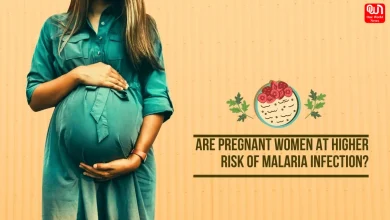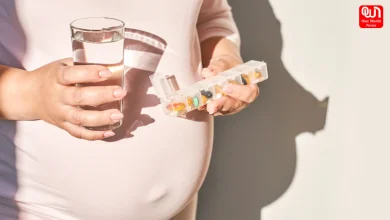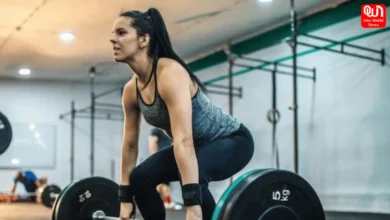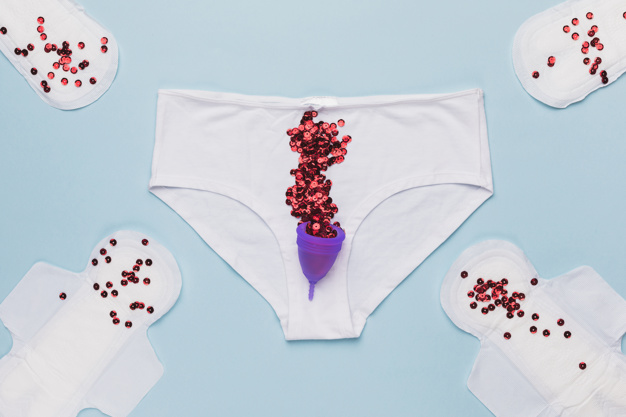
NFHS-5 Data Analysis: How women in Bihar are revolutionizing the use of sanitary items?
The Indian government recently released the National Family Health Survey-5 (NFHS-5) data for 17 states and 5 Union territories. The data also included indicators for women’s empowerment. One such indicator was the usage of hygienic methods of protection during their menstrual period in women aged between 15 to 24.
Women use commercial or local sanitary napkins, tampons, menstrual cups during their periods to control the blood flow, known as sanitary items.
We are going to compare the usage of sanitary napkins from the data of NFHS-4 to NFHS-5 and the factors that drive changes in usage.
As per the data, almost all the states and UTs have shown an increase in the use of sanitary napkins. 8 states and UTs- Goa, Andaman and Nicobar Islands, Mizoram, Telangana, Dadra & Nagra Haveli, Himachal Pradesh, Lakshadweep – had 90 per cent or more women using the sanitary items. Bihar, Gujrat, Meghalaya, Assam had less than 70 per cent of women using sanitary items.
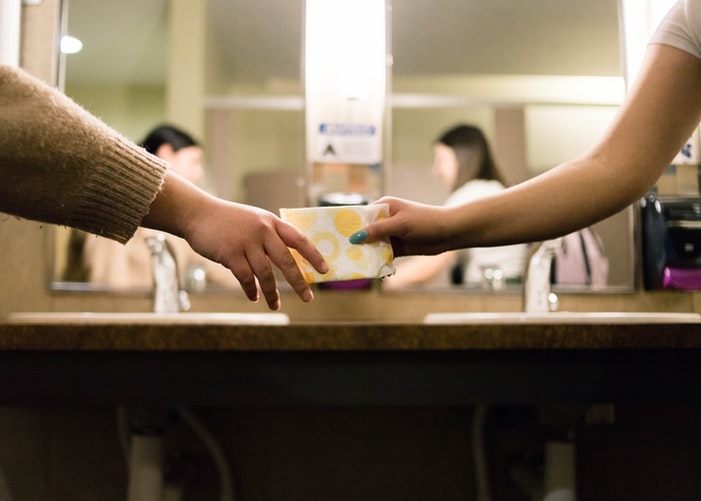
(Unsplash)
But when we looked closer at the numbers, Bihar was the highest gainer (90 per cent) in the usage of sanitary napkins (percentage-wise increase) from NFHS-4 to NFHS-5. It was followed by Tripura – 58 per cent, West Bengal – 51 per cent, Dadra and Nagar Haveli – 51 per cent and Assam – 48 per cent.
Yes, Bihar’s scores are lowest in terms of sanitary usage amongst all the 22 States and UTs, but Nitish Kumar-led Bihar has shown the highest percentage increase, around 50 per cent, in usages of sanitary items. Similarly, Assam which is second lowest and Tripura, which is fifth lowest, showed a higher percentage increase in usage of sanitary items.
Difference in the usage of sanitary items in urban and rural population
11 states and UTs – Himachal Pradesh, Goa, Andaman and Nicobar Islands, Telangana, West Bengal, Karnataka, Maharashtra, Lakshadweep, Telangana, Mizoram, and Dadra & Nagar Haveli – had 90 per cent or more women using sanitary napkins in the urban areas. Overall in all the 22 states, 75 per cent or more use sanitary items in urban areas.
Read more: Finding the perfect gift for Valentine’s day? Check out ViewSonic’s top 3 tech gift options
Among the rural areas, only 7 states and union territories – Goa, Kerala, Telangana, Andaman and Nicobar Islands, Himachal Pradesh, Mizoram, Lakshadweep, and Dadra & Nagra Haveli had 90 per cent or more women using sanitary items. But in Bihar, Assam, Jammu & Kashmir, Meghalaya, Tripura, Meghalaya, and Gujarat – had 70 per cent or lesser women using sanitary items. Lakshadweep is the stand-out performer as 100 per cent women in the UT use sanitary items even in rural areas.
To analyse these numbers further, we should look at the change in usage of sanitary napkins from NFHS-4 to NFHS-5 data in the urban and rural areas. Bihar and Tripura stands in the bottom pyramid for sanitary item usage. But these two states have shown the highest percentage increase in sanitary item usage in rural and urban areas. Bihar has almost doubled the number of women in rural areas in NFHS-5, who are using sanitary items as compared to the numbers reported in NFHS-4.
West Bengal – 73 per cent, Dadra & Nagar Haveli – 65 per cent, and Assam – 52 per cent are other states with an increase of more than 50 per cent in the usage of sanitary napkins in rural areas.
Looking at the numbers, one can understand that the most significant contribution to this upward trend is in rural areas. Only 7 states – Sikkim, Andaman & Nicobar Islands, Lakshadweep, Himachal Pradesh, Meghalaya, Kerala, and Mizoram, had a 10 per cent or lower increase in the usage of sanitary items. 6 of these states already had a higher percentage of women using sanitary items. This could be the reason behind less increase in the percentage.
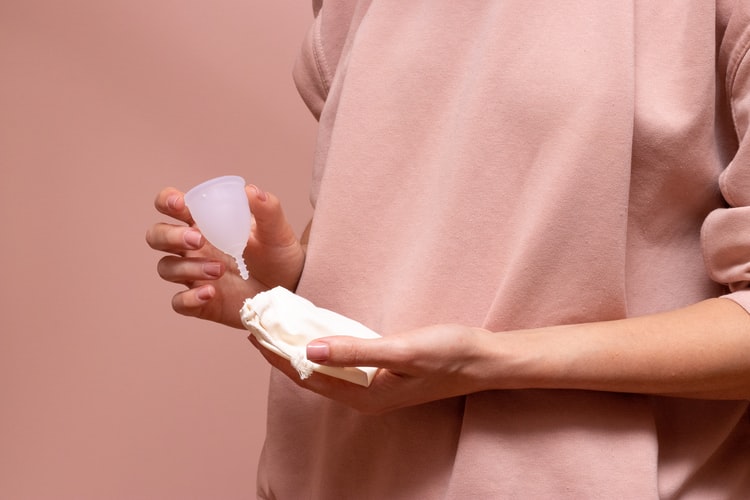
(Unsplash)
How Bihar government is acing the period game?
Girls miss about 20 per cent of their school days due to menstruation. The state government in Bihar and West Bengal started distributing sanitary napkins items in middle and high schools to improve these numbers. Self-help groups were a great help in both these states for the government.
Bicycle enrolment in Bihar improved enrolment of girls by 32 per cent. West Bengal government had launched ‘Kanyashree Prakapla’ scheme in 2013 to uplift the child by helping the poor families whose daughters used to drop out due to severe economic conditions.
These various schemes helped the girls in getting higher education level, hence helping them to understand their body’s anatomy and need to opt for hygienic alternatives to clothes.
Have a news story, an interesting write-up or simply a suggestion? Write to us at info@oneworldnews.com


